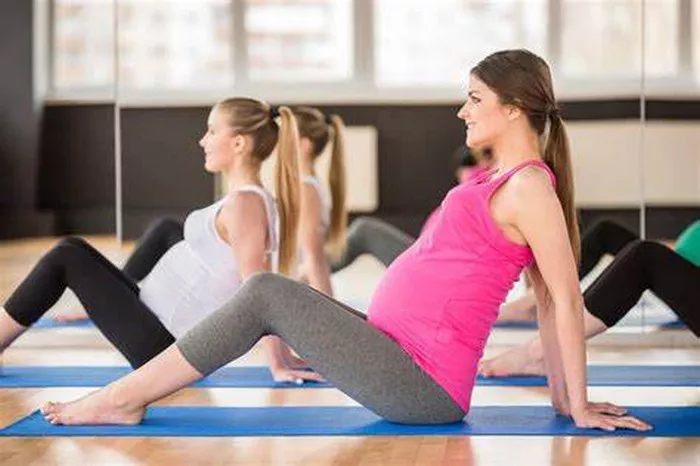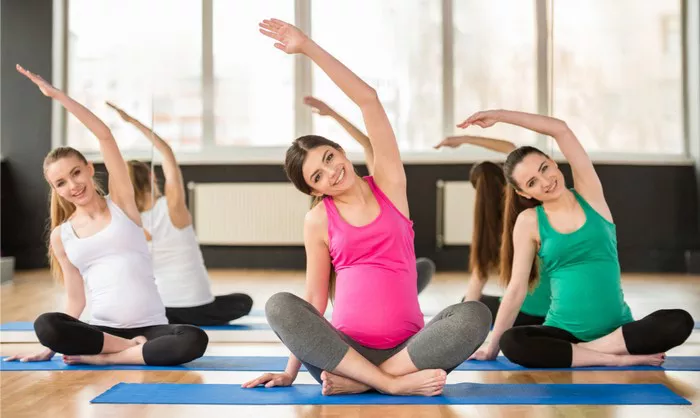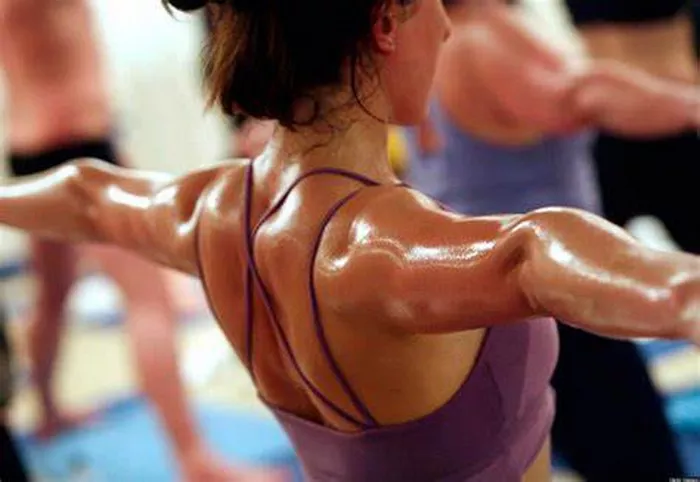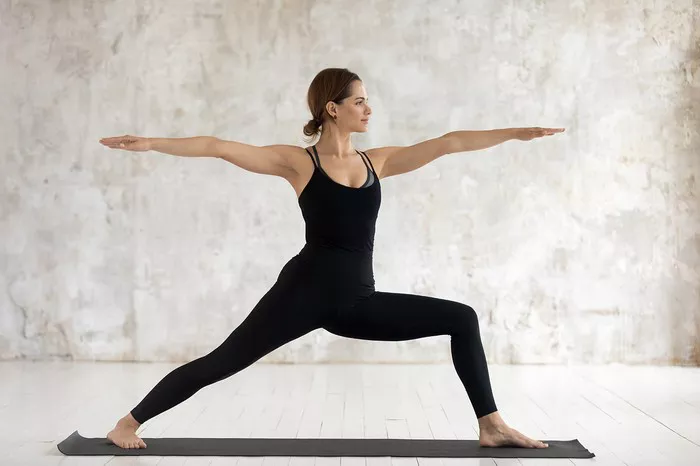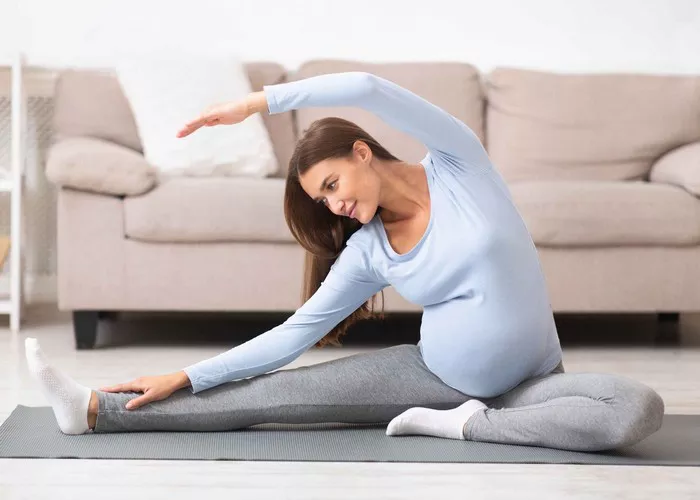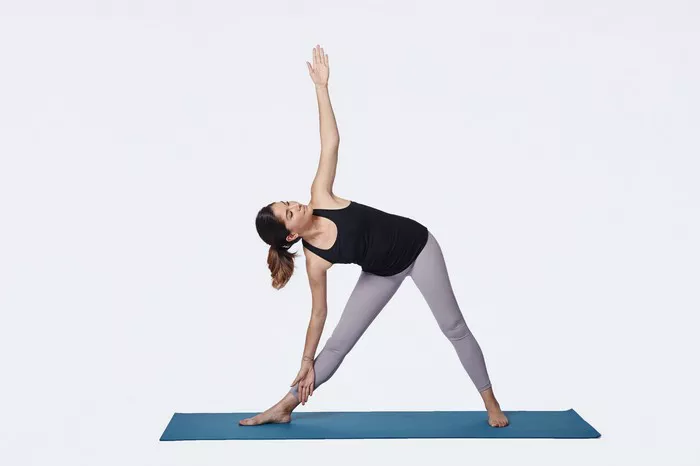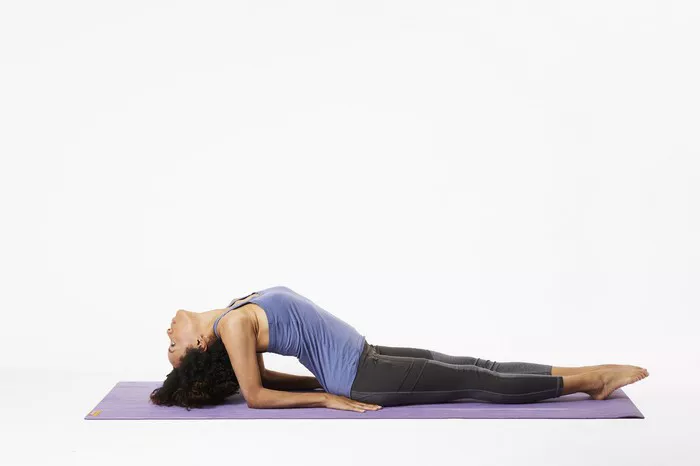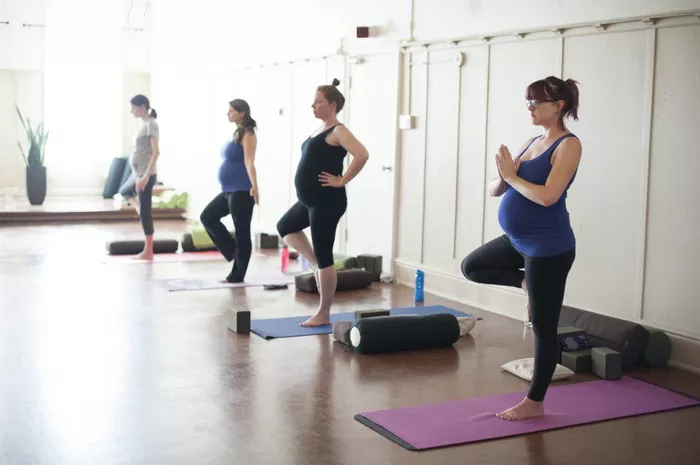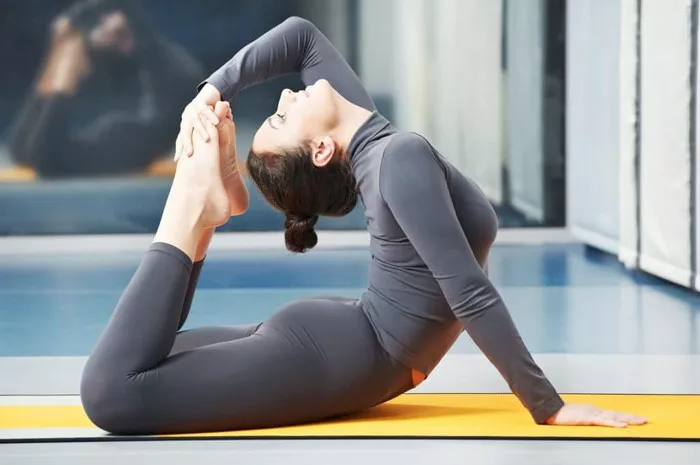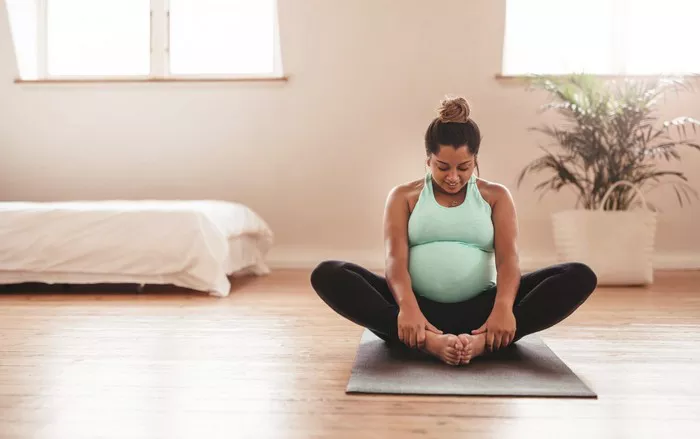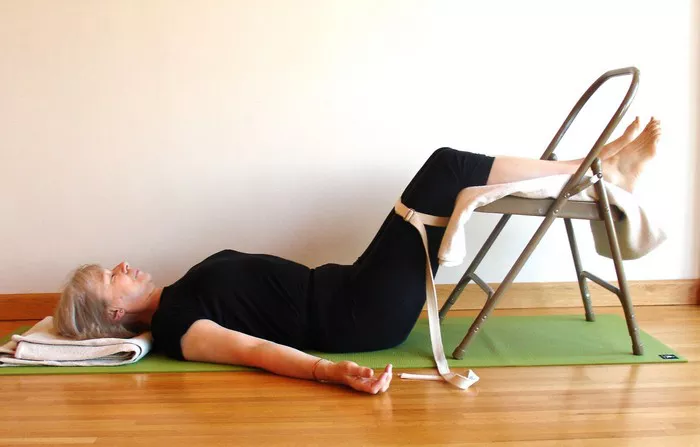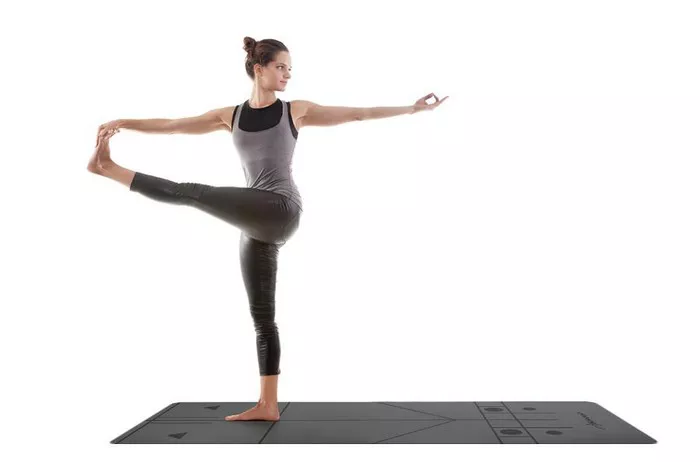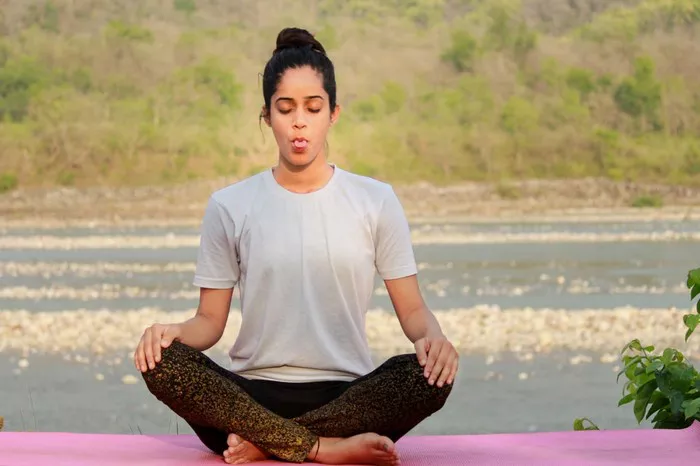Yoga, a rich and diverse practice with numerous styles, offers a plethora of paths to physical, mental, and spiritual well – being. Among these, Hatha yoga holds a distinctive place, often serving as an entry point for many beginners. However, understanding how Hatha yoga differentiates itself from other yoga styles is crucial for anyone looking to deepen their practice or choose the most suitable approach. Let’s embark on an exploration of the unique characteristics that set Hatha yoga apart.
The Philosophical Underpinning: A Balanced Foundation
The Yin and Yang of Hatha
Hatha yoga’s name itself reveals its core philosophy. “Ha” represents the sun, symbolizing the active, masculine energy, while “tha” represents the moon, signifying the passive, feminine energy. The practice of Hatha yoga aims to balance these two opposing forces within the body and mind. This balance is achieved through a combination of physical postures (asanas), breathing techniques (pranayama), and meditation. In contrast, other yoga styles may emphasize different philosophical aspects. For example, Raja yoga focuses more on the eight – fold path of yoga, which includes ethical guidelines, self – discipline, and the practice of meditation as a means to achieve higher states of consciousness.
Holistic Integration
Hatha yoga takes a holistic approach that integrates the physical, mental, and spiritual aspects of the individual. It views the body as a temple and believes that by maintaining physical health through asanas, one can also enhance mental clarity and spiritual growth. This comprehensive integration is not always the primary focus in other yoga styles. Some styles, such as Ashtanga yoga, may place greater emphasis on the physical sequence of postures and the development of strength, flexibility, and endurance, with the spiritual aspect being a secondary but still important outcome.
Asana Practice: A Gentle yet Structured Approach
The Basics First
Hatha yoga typically starts with fundamental asanas, making it accessible to practitioners of all levels. These basic postures lay the foundation for more advanced practices. For instance, Tadasana (Mountain Pose) teaches proper alignment and grounding, while Savasana (Corpse Pose) focuses on relaxation and rejuvenation. In comparison, Vinyasa yoga often begins with a more dynamic flow of postures, linking movement with breath in a continuous sequence. This faster – paced approach may be more challenging for beginners and requires a certain level of physical fitness and coordination.
Static Holds and Alignment
In Hatha yoga, asanas are often held for a longer duration, allowing practitioners to focus on proper alignment and body awareness. This static hold in poses enables a deeper stretch and engagement of the muscles. For example, in Paschimottanasana (Seated Forward Bend), the extended hold helps to gradually stretch the hamstrings and lower back. On the other hand, Bikram yoga, which consists of a fixed set of 26 postures performed in a heated room, emphasizes the precise execution of each pose but with a shorter hold time and a focus on the heat – induced detoxification process rather than the extended static alignment.
Pranayama: Breathing for Balance
Emphasis on Basic Breathing Techniques
Hatha yoga places great importance on basic pranayama techniques that are designed to calm the mind and regulate the body’s energy. Diaphragmatic breathing, for example, is a fundamental practice in Hatha yoga. It involves deep, slow breaths that expand the abdomen, promoting relaxation and efficient oxygenation of the body. Ujjayi breath, another common pranayama in Hatha yoga, creates a soft, audible sound during inhalation and exhalation, which helps to focus the mind and warm the body. In contrast, Pranava yoga may focus more on the chanting of mantras along with breath, using the sound vibration to connect with the divine and enhance spiritual energy.
Balancing the Energy Channels
Pranayama in Hatha yoga is also aimed at balancing the energy channels, or nadis, within the body. Nadi Shodhana (Alternate Nostril Breathing) is a prime example of this. By alternating the breath through each nostril, it is believed to balance the left and right hemispheres of the brain and the corresponding energy channels, bringing about a state of mental clarity and emotional stability. Other yoga styles may use breathing techniques for different purposes. For instance, Kriya yoga employs a series of advanced pranayama and meditation techniques specifically for spiritual purification and self – realization, with less emphasis on the physical energy – balancing aspect.
Pace and Intensity: A Moderate Rhythm
Slow and Steady Wins the Race
Hatha yoga generally follows a slow and steady pace, allowing practitioners to fully engage with each pose and the breath. This unhurried rhythm provides ample time for self – reflection and inner exploration. It is suitable for those who prefer a more relaxed and meditative practice. In contrast, Power yoga is a more intense and vigorous form of yoga. It combines strength – building postures with a fast – paced flow, often inspired by Ashtanga yoga. Power yoga classes are designed to increase cardiovascular fitness, build muscle strength, and burn calories, making it a more physically demanding option compared to the moderate pace of Hatha yoga.
Adaptability for All
The moderate intensity of Hatha yoga makes it adaptable to a wide range of individuals, regardless of age, fitness level, or physical limitations. Modifications can easily be made to accommodate different needs. For example, an elderly person or someone with limited flexibility can perform a gentle version of a standing pose with the support of a wall or a yoga block. Iyengar yoga, although also focusing on alignment, is known for its use of props and its more detailed and sometimes intense approach to holding poses, which may be less accessible or comfortable for some beginners compared to the adaptable nature of Hatha yoga.
Meditation and Mindfulness: Cultivating Inner Awareness
Grounded in the Present Moment
Hatha yoga incorporates meditation and mindfulness practices as an integral part of the overall experience. After a series of asanas and pranayama, practitioners often engage in a period of meditation, focusing on the breath or a chosen object of concentration. This helps to quiet the mind, reduce stress, and cultivate a deeper sense of self – awareness.
The mindfulness aspect is also present during the asana practice, where practitioners are encouraged to be fully present in each pose, noticing the sensations in the body and the flow of the breath. In contrast, Kundalini yoga places a greater emphasis on awakening the dormant energy at the base of the spine (kundalini energy) through a combination of dynamic movements, chanting, and specific meditation techniques, with a different focus on the spiritual and energetic awakening process.
A Path to Inner Peace
The meditation practices in Hatha yoga aim to lead practitioners towards inner peace and a state of mental stillness. It is a gradual process that helps to reduce the constant mental chatter and distractions of daily life. By regularly practicing meditation in the context of Hatha yoga, individuals can develop greater emotional resilience and a more positive outlook on life. Other yoga styles may have different goals for their meditation practices. For example, Jnana yoga focuses on the path of knowledge and self – inquiry through meditation, aiming to gain a deeper understanding of the true nature of the self and the universe.
Conclusion
In conclusion, Hatha yoga stands apart from other yoga styles through its unique blend of philosophical principles, asana practice, pranayama techniques, pace, and meditation approach. Its focus on balancing the body and mind, gentle yet structured asana practice, emphasis on basic breathing for balance, moderate pace, and cultivation of inner awareness make it a distinct and accessible path for those seeking physical health, mental clarity, and spiritual growth.


